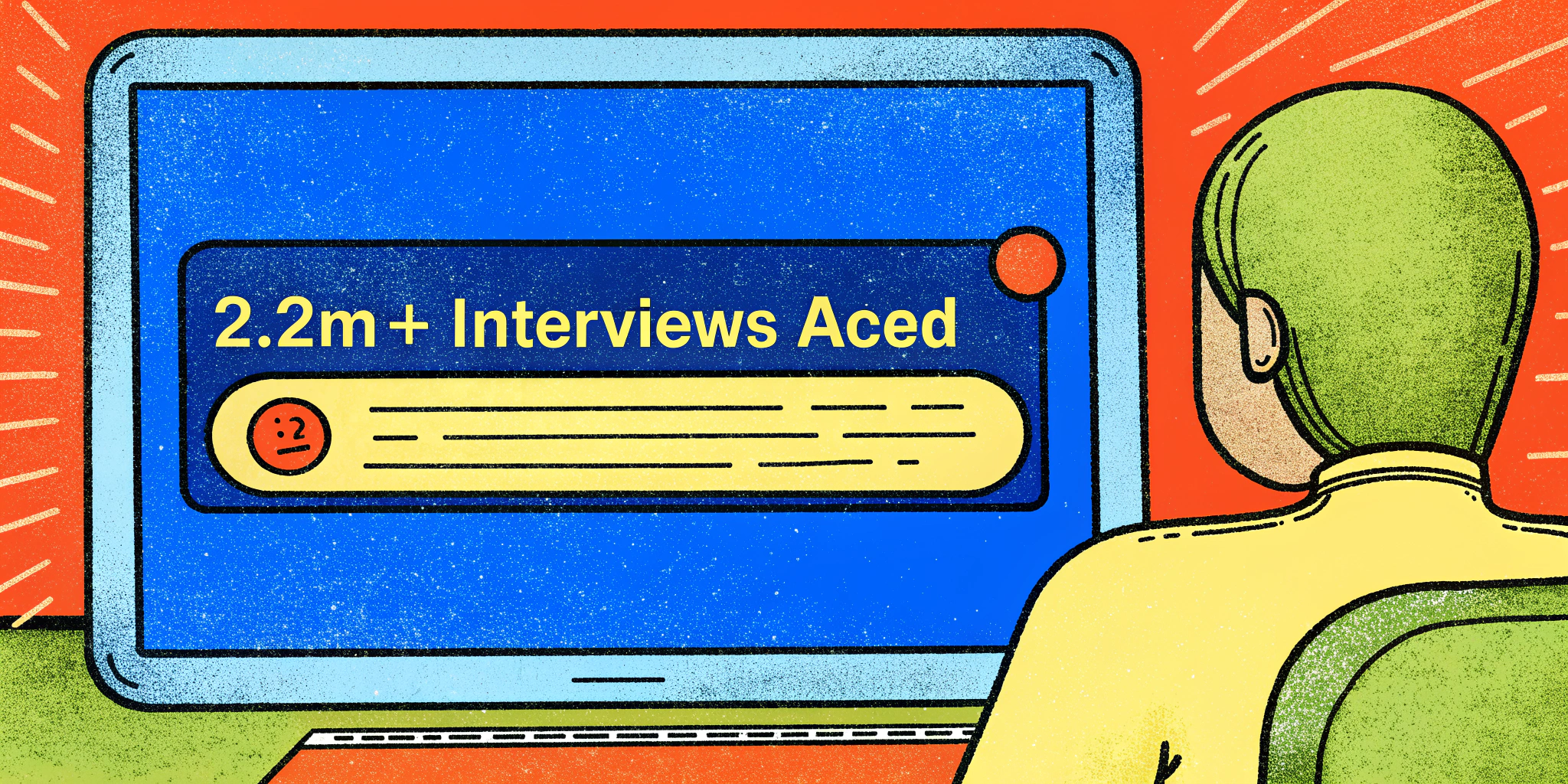When the interviewer leans in and says, “Can you tell me about your relationship building skills?” – do you have an answer ready? If not, don’t stress; you’re not alone. This seemingly simple question is one frequently underestimated by candidates. Yet, it’s a critical one that provides potential employers with insight into how adept you are at creating trust and working collaboratively in professional settings.
In this guide, I’ll break down the exact steps you need to take to offer a compelling, authentic, and results-oriented response. 💡 Whether you’re building relationships with coworkers, customers, or stakeholders, I’ll also explore real-world examples, proven frameworks like the STAR method, and additional insights to help you stand out.
1. Why Do Interviewers Ask About Relationship-Building Skills?
Before we dive into crafting answers, it helps to understand why this question matters. Most roles, regardless of industry, involve collaboration — whether with team members, vendors, or clients. Employers are looking for candidates who can foster constructive relationships, which ultimately:
- Build team synergy.
- Drive customer satisfaction.
- Improve workplace morale.
- Boost productivity.
According to a study by Zippia, 86% of employees cite lack of collaboration or ineffective communication as a primary contributor to workplace failures. So, when interviewers ask about “building trusting relationships,” they’re evaluating your interpersonal skills, empathy, and reliability.
2. How to Structure Your Answer: The STAR Method
The STAR method (Situation, Task, Action, Result) is an interview powerhouse — especially for tackling competency-based questions.
Break your answer into four parts:
| STAR Element | What to Cover | Example Question Context |
|---|---|---|
| Situation | Provide context to set the scene | “In my previous role as a Customer Success Manager…” |
| Task | Identify the specific goal or challenge | “…I was tasked with retaining high-value clients who were considering other providers…” |
| Action | Describe what you did to tackle it | “…I scheduled weekly calls to better understand their needs, recommended process improvements, and shared predictive data that demonstrated their ROI…” |
| Result | Highlight the tangible outcome | “…As a result, client retention increased by 17%, and my relationship-building efforts were personally highlighted by the CEO in a quarterly report.” |
3. Short-Term vs. Long-Term Relationships: How to Differentiate in Your Answer
The scope of relationships can vary depending on the role. Some positions require quick trust-building for short-term impact (e.g., sales or crisis management), while others demand nurturing relationships that last years (e.g., stakeholder management or long-term projects).
🌀 Short-Term Relationship Example
“In my role as a sales associate, I often encountered customers who were apprehensive about making big-ticket purchases. Instead of jumping directly into promotions, I focus on education. For instance, when a customer was unsure about investing in smart home technology, I shared credible resources, gave product demos, and walked them through comparisons between models. Not only did they make the purchase, but they also returned to consult me for setting up their entire home project.”
🌱 Long-Term Relationship Example
“In my previous job as a project manager, I built a strong relationship with a key vendor over several years. Initially, I ensured clear communication and delivered on all agreements. Over time, I made it a point to proactively share updates on our organization’s strategy, involve them in early brainstorming sessions, and show appreciation via small gestures, like thank-you notes. To this day, we enjoy excellent trust, and this has streamlined negotiations and delivery times.”
4. Proven Examples: Building Relationships With Peers, Customers, and Stakeholders
Here’s a breakdown of crafting responses based on the type of relationships you’re asked about:
| Scenario | Your Strategy | Example |
|---|---|---|
| With Peers/Teammates | Active listening, collaboration on shared goals | “I organized team bonding sessions that improved collaboration by 20%.” |
| With Customers | Empathy, clear communication, and trust-building | “I followed up with personalized emails to maintain customer satisfaction.” |
| With Stakeholders | Transparency, consistent updates, solution-focused mindsets | “Proactively shared our project trajectory and resolved conflicts early, leading to stakeholder approval rates of 95%.” |
5. Top Strategies to Build Trust Quickly
If you want actionable tools to highlight your relationship-building skills, these strategies work wonders and can be easily incorporated into your interview answers:
- Practice Active Listening: Paraphrase and validate what others are saying. (“I hear you’re concerned about X; is that correct?”)
- Be Reliable: Deliver what you promise. (“I schedule follow-ups to ensure we stay aligned on deliverables.”)
- Communicate Clearly: Avoid jargon and maintain transparency.
- Show Empathy: Step into others’ shoes and acknowledge their pain points.
- Share Wins Proactively: Make others feel valued by recognizing their contributions.
6. Common Mistakes to Avoid in Your Answer
While it’s tempting to wing it, avoid these pitfalls to craft a polished response:
❌ Don’t use generic statements like, “I’m a people person.”
✔️ Instead, provide specific examples.
❌ Don’t over-promise skills you don’t have.
✔️ Speak authentically and highlight transferable skills if needed.
❌ Avoid skipping results in the STAR framework.
✔️ Emphasize the outcome of your actions.
7. Leveraging Technology to Practice: My Ninjafy AI Story
Let me share a quick personal tip – mastering my interviewing finesse wasn’t easy until I discovered Ninjafy AI. Imagine this: you’re mid-practice for a tricky question like “How do you build relationships with stakeholders?”, and AI-powered feedback offers personalized pointers in real-time.
What blew my mind with Ninjafy AI was the Industry Brain feature. It simulated mock interviews tailored to the exact role I was preparing for and helped hone responses unique to my experience. Plus, the InvisibleEyetrack™ kept my focus rock-solid during practice, ensuring I maintained confident eye contact — a major win for virtual interviews. My confidence skyrocketed, and the results showed in my interview performance.
Try it out if you’re looking for an interview copilot that adapts to you.
💡 Conclusion
The “building trusting relationships” interview question is your chance to shine by highlighting how you bring people together, foster trust, and achieve results. By structuring your answer with the STAR method, tailoring examples to your role, and staying authentic, you’ll not only impress your interviewer but also convince them you’re the collaborative asset they’ve been searching for.
Got an upcoming interview? Let’s continue the conversation in the comments below. Share your challenges, and don’t forget to check out tools like Ninjafy AI to supercharge your prep!



